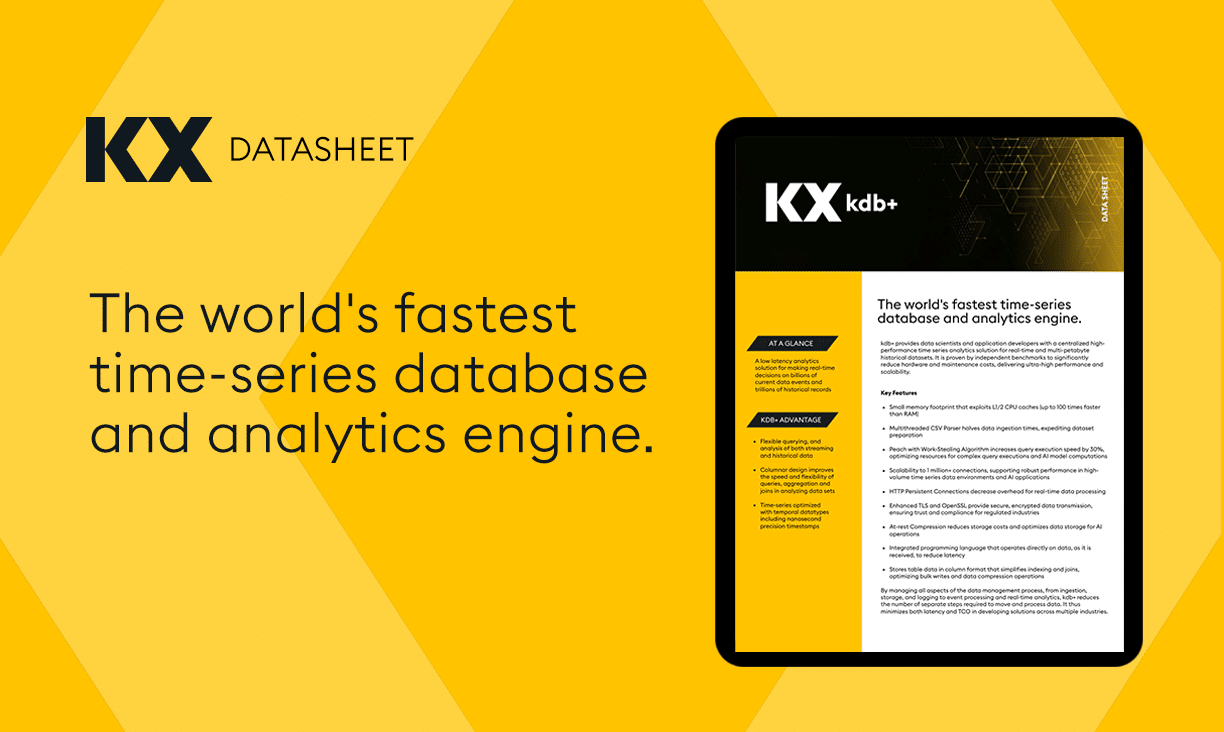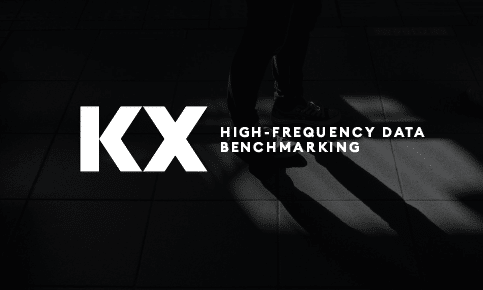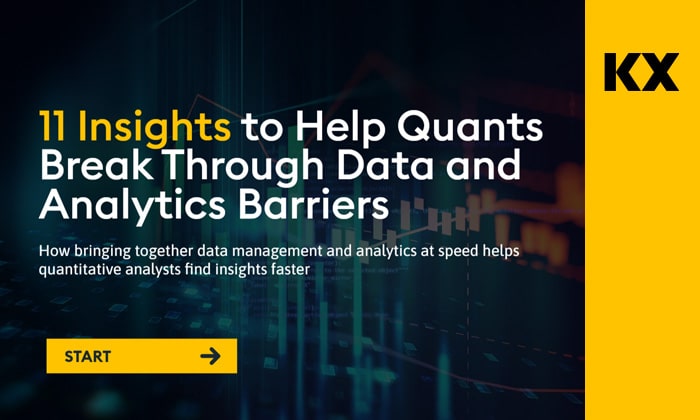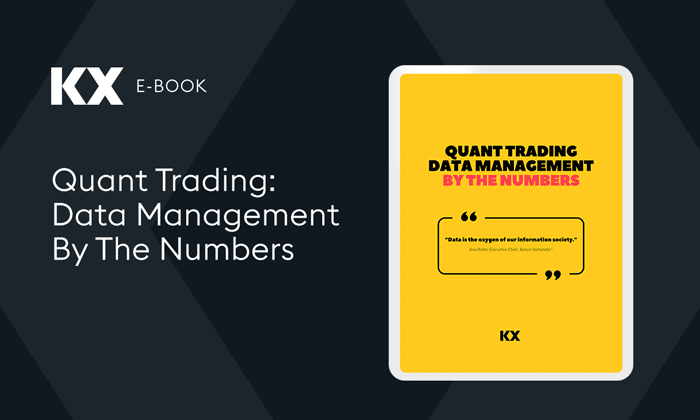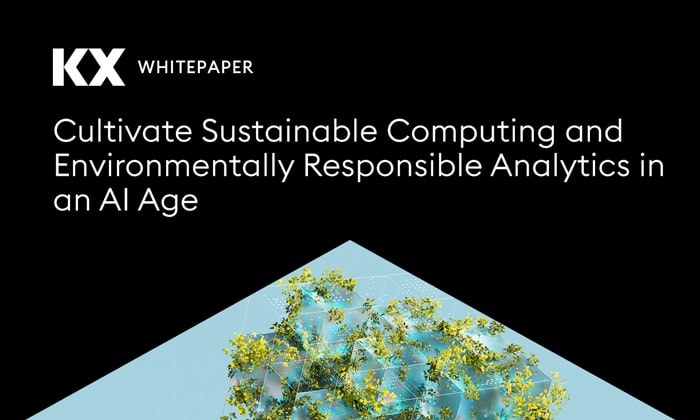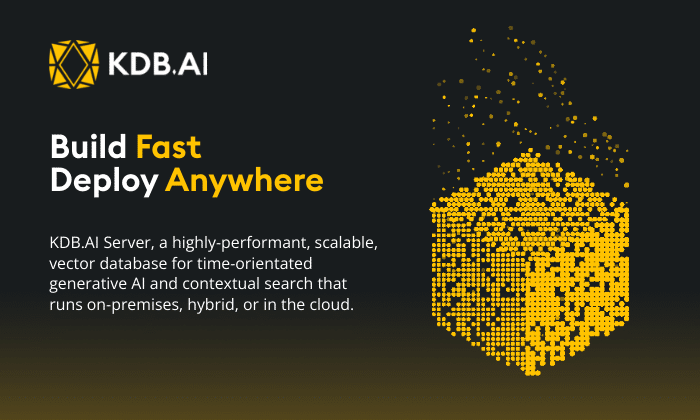By Simon Kaplan & Kevin McGivern
Introduction
Smart city technologies deployed around the globe in the last decade are collecting vast volumes of data daily. Governments and urban planners are investing in these smart information and communication systems as a means to improve their cities as well as a means to address economic and environmental concerns around quality of life and issues like resource scarcity.
Big data in the smart city space is being generated by millions of devices measuring continuous small data readings, as well as from sensors that produce large data volumes from sources like CCTV. As cities’ digital infrastructures build out, data volumes will become even higher. In even a small city, aggregate data from diverse sources like parking facilities, traffic cameras, water meters and power meters, approaches eight terabytes per day.
[ui!] – the urban institute® GROUP
Infrastructure investment is an ongoing responsibility for city governments, and in the age of smart city technologies, this means that the strategic importance of integrating, analyzing, and acting on, digitized data from essential infrastructure, like roads, water, sewage, phones lines and power systems, has never been greater. Maximizing the performance and value of this basic infrastructure is now critical to the economic success of a city, and the health and wellbeing of its residents.
Urban Institute’s [ui!] UrbanPulse platform is a next-generation solution for analyzing massive quantities of sensor data coming from multiple infrastructures. For example, [ui!] UrbanPulse enabled the city of Cologne, Germany to use radar sensors to dim and brighten LED adaptive lights depending on traffic, resulting in a 70% savings over traditional streetlights. As part of the solution, Urban Institute also installed a WiFi mesh for communication, environmental sensors and re-used the radar sensors to measure traffic flow. The latter two are linked to the traffic lights which change based on the [ui!] UrbanPulse parameters.
[ui!] UrbanPulse and Kx technology
When the city of Berlin, Germany was looking for a technology platform to help them manage and optimize electric vehicle usage across municipal, public and corporate fleets, they turned to Urban Institute’s [ui!] UrbanPulse. Berlin’s primary goal was to optimize cross-fleet usage for energy efficiency and to lower their total cost of ownership. The Urban Institute solution uses data that included route planning; real-time monitoring of charging status; operational data, and data from mobile app booking data. The volume of data coming from these multiple sources is enormous.
Faced with exploding data volumes across their market, the Urban Institute made a decision in November 2018 to integrate KX technology into [ui!] UrbanPulse, its smart data analytics platform. Kx technology, built on the kdb+ time-series database, is designed to scale seamlessly with growing data volumes. This feature, and the simplicity of the architecture of a Kx system and its ability to support dynamic exploration and visualization of data, were key factors in [ui!] UrbanPulse’s decision to use KX.
Benefits realized with KX
To make the smart city vision come true, governments will need to be able to access, synthesize, analyze, view and act on the data they collect quickly and accurately. This includes both human action (seeing insights in data that drive new policy and innovations) and machine action (using the data to deliver services more optimally and effectively). When even relatively small cities collect thousands of petabytes of data each year, realizing the full potential of that data, while maintaining its security and privacy, requires a new generation of analytic tools.
The [ui!] UrbanPulse solution, now powered by Kx technology, is uniquely positioned to provide real-time intelligence from smart city sensor data feeds, both today and into the future as data volumes continue to grow. It has already been deployed in a major Australian city with four more deployments expected to go-live in 2019.
The key advantage to integrating Kx technology into the [ui!] UrbanPulse solution comes from the efficiency and speed with which the kdb+ database performs complex analytics on vast amounts of data. This enables the [ui!] UrbanPulse solution to apply a range of analytics to the event stream, including complex event processing and machine learning with significantly faster results.
A hallmark of [ui!] UrbanPulse is its ability to integrate any data source, from IoT sensors, to legacy ERP systems, to open data sources. It can also easily send data to third-party systems by push or API’s. Other features include:
- Workbench: built on the KX Platform, this lets users access and explore data, defining their own queries, analytics and visualizations as they go. This is fundamental to making the data part of workaday performance optimization and incremental analytics across all aspects of a city’s operations.
- Cockpit: provides a sophisticated ‘cockpit’ dashboard view that can be used by executives, made available as a public view of city performance, displayed in receptions/lift lobbies, and other uses where a high-level data overview is valuable.
- Service Foundation: which means smart services can be built on the basic [ui!] UrbanPulse stack. Services today include mobility-as-a-service, district-level energy optimization, traffic congestion alleviation, environmentally-based traffic management, logistics and multi-modal public transportation.
Conclusion
Sensor rollouts and data-driven service delivery are inevitable, as cities continue to grow quickly and have to provide ever more sophisticated services to ever more residents with ever-tighter revenues-per-resident. As smart city technology becomes more ubiquitous, the data volumes will skyrocket.
In tandem, [ui!] continues to expand its use of KX and add features to its UrbanPulse platform. Together KX and [ui!] have an opportunity to reach for a dominant position in the IoT / Smart Cities space.
Simon Kaplan is CEO, Australia at [ui!] – the urban institute and Kevin McGivern is a senior vice president at KX.
